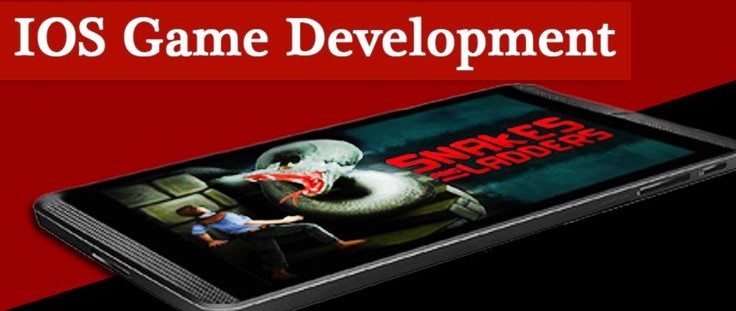6 Best Practices for Successful iOS Game Development
The mobile gaming industry represents 60% of the total gaming market. Additionally, advancements in mobile gaming have expanded the types of games you can play on mobile. From basic gaming apps like Sudoku, Tic-Tac-Toe and Tetris to complex gaming apps like Asphalt, PUBG and Infinity. Blade, there is a lot of diversity in the mobile gaming industry. And in the overall mobile gaming industry, the iOS gaming industry has seen a significant boom.
iOS Game Development
1.Understand your game category
When you start developing a game, you should first understand what category of games your app belongs to. Then you should look for competitors who make similar games or target a similar audience. Download their games and try to understand the pros and cons of these apps. This will give you an overview of which features your app should include and which features can be avoided. It will also give your ideas for improvising the overall user experience of your iOS game app.
2.Keep memory consumption in check
Your iOS game needs to be economical in terms of the load it places on the user’s device. Remember that smartphones and tablets are multi-app devices where users have at least 3-4 apps running in the background. If your game takes up a lot of space in the memory of the user’s device, it limits the performance of other applications.
One way to limit the memory consumption of an iOS game is to avoid using the png loading feature in the Apple GLSprite Demo. Using this feature consumes a lot of memory and slows down your application’s performance.
3.Avoid overstuffing your game
Filling a game with too many great animations, features and music can sound very tempting. However, overdoing it will only increase the size of your app and make navigation in games confusing for users.
Your goal should be to provide the user with a smooth and rich gaming experience, not to provide users with as many features as possible. Keep this in mind and find a balance between core functionality and decorative elements for your iOS game app.
4.Don’t overly depend on third-party libraries

Using third-party libraries to teach iOS game development is excellent. However, using many third-party libraries for an iOS game app project is not the wisest decision. This can cause security issues and cause your application to crash frequently, as your application’s performance will depend on how your third-party libraries manage their libraries.
5.Select the right game development platform
To create an effective game application, you need to choose the most suitable software platform. An excellent way to implement this is to understand all the features you will need in your game development platform. After thoroughly analyzing your application, you should check which gaming platform is the most suitable for your project.
6.Make use of helpful iOS game development tools

one person shows and comprehensive code all from scratch without using any tools. Many iOS game development tools, engines, frameworks and more can make your iOS game development process easier.
Additionally, these tools are designed to follow most of Apple’s gaming guidelines, so using them guarantees that your gaming app will be built to the highest quality.
Conclusion
Knowing and focusing your efforts on what your users will like can make your mobile game development process more efficient and meaningful. Along with that, you need a vibrant team that is enthusiastic about meeting deadlines and putting creative effort into your game. If you lack a full-fledged team, you can always try to outsource game development.








Leave A Comment
You must be logged in to post a comment.